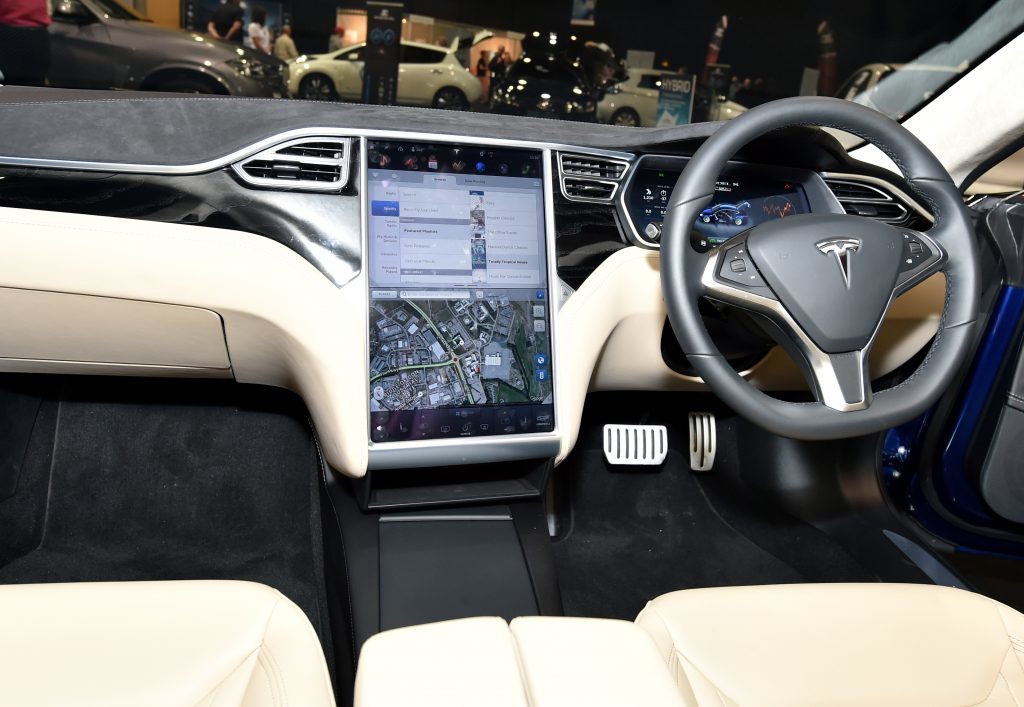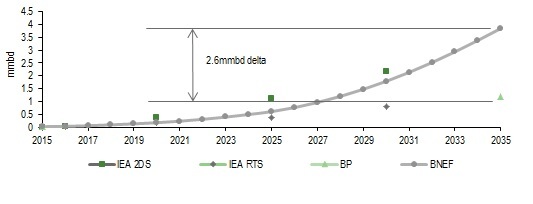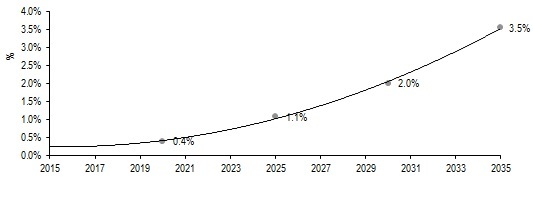
Electric vehicles are a fascinating subject and not a day goes by without Tesla or a major OEM touting their latest designs and the virtues of electrification of their light vehicle fleet. That excludes Marchionne, Ferrari’s CEO, who famously retorted that ‘you’ll have to shoot me first’ before the supercar brand develops a vehicle without the roaring sound of an internal combustion engine.
Electric vehicles clearly have their benefits in heavily populated cities, moving emissions and noise pollution to out-of-town generation units and reducing pollutants through the use of renewable technology. The ‘cradle to grave’ emission footprints for an EV is less well defined, and to a large part will depend on the source of battery’s raw materials, battery longevity as well as the source of the electricity consumed. Some reports suggest ‘cradle to grave’ emission profiles consistent with that of a 40-50mpg ICE car can be achieved and improved on over time.
Adoption rates of EV’s will be dependent on several factors including policy, battery cost improvements, sentiment, grid infrastructure and vehicle automation. As such, estimates of future EV sales have a large range reflecting these uncertainties. We take a brief look at the impact of EV’s on short and medium oil demand below. The upshot is that EV’s, even in the most bullish adoption projections, are unlikely to have a material impact on oil demand over the next ten years. Moving out to 2035 and beyond, as we see a material shift in new vehicle sales towards EVs in high growth markets, the impact becomes more pronounced (c.3.5% of oil demand by 2035 in the high case). But the spread in forecasts is still large with BP predicting c.100m EVs on the road by 2035 compared to more aggressive forecasts suggesting it could be 3x this figure.
The graph below shows the delta between high (Bloomberg New Energy Finance) and Low (BP) forecasts on EV adoption on oil demand at 2.6mmbod. (We assume an increase in average fuel efficiency from 30mpg to 50mpg in this analysis).
Beyond the electrification of the vehicle fleet we can expect to hear further technological advances in the electrification of other forms of transportation including light and heavy trucks, small boats and ships, and even light aircraft*. The market waits with bated breath for news of the Tesla electric truck at the end of October. Even though trucks make up only 5% of the global vehicle fleet they consume c.20% of road transport fuel due to their high fuel consumption and mileage therefore e-truck adoption will also be a key consideration for global oil markets. Market reports suggest eTrucks have potential to displace a further 2-3% of global liquids demand by 2050. The wide-scale adoption of e-planes is likely to be several decades away – EasyJet’s first short haul electric commercial jet is currently under development with Wright Electric, but for now I think we’ll be sticking to the jet engine.
*IEA Estimates suggest that c.30% of crude oil demand comes from light road vehicles, 17% from heavy road vehicles, 5% from sea transport and 6% from air transport.
Recommended for you


